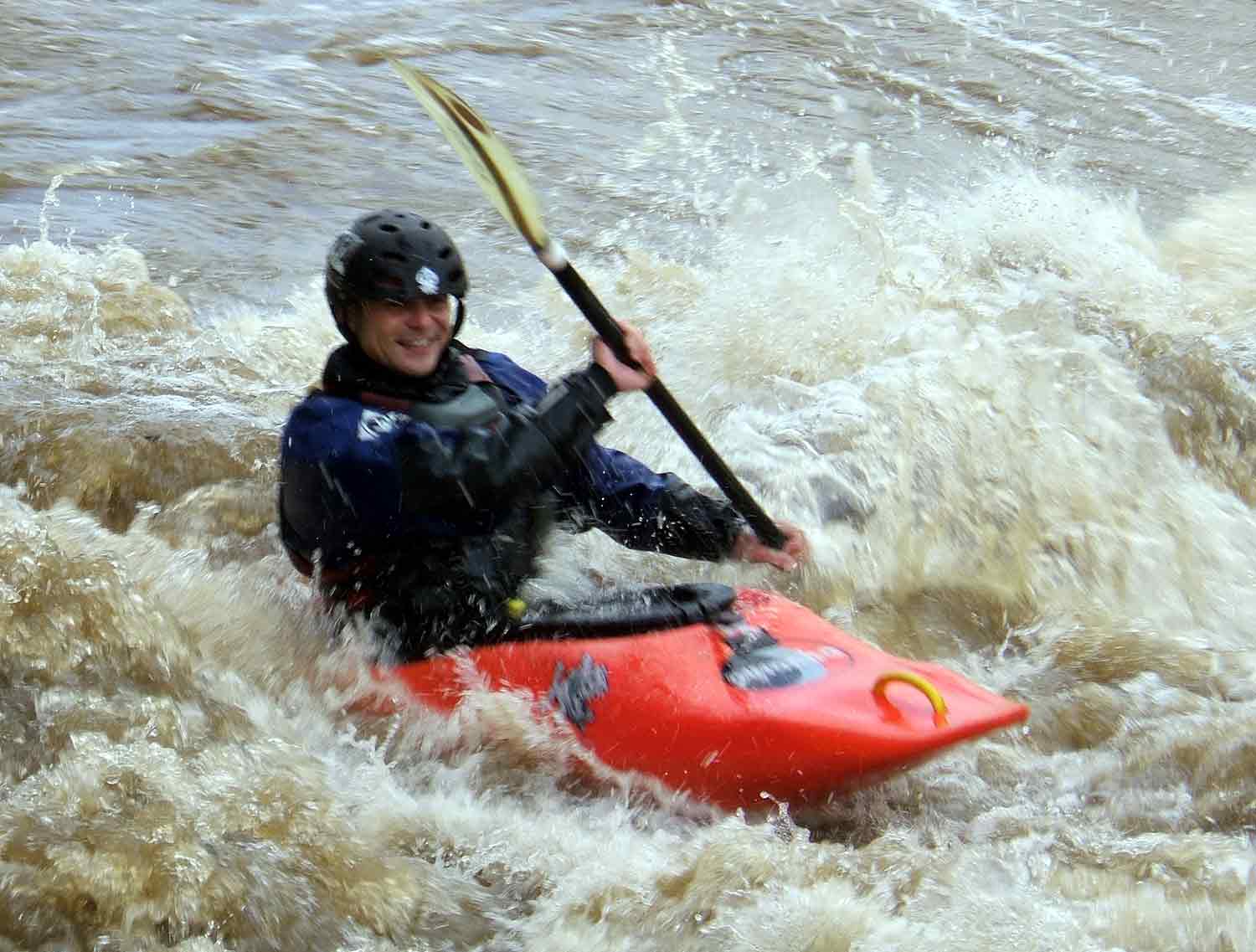How to Do a Forward Stroke in a Sea Kayak

Kayaking is an exciting yet tricky sport. Especially in sea, it becomes really tough for the kayaker to do a forward stroke. If you are determined and dedicated, it should not be hard for you to enhance your kayaking skills.
The forward stroke, also known as the kayak menuever, is not a hard technique to master. The main idea is to keep your body fully balanced while moving forward. Meanwhile, you must learn the ergonomic technique to keep your wrists, shoulder and torso safe.
Remember, nobody can master this technique overnight. It needs continuous hard work and practice to become a kayaker with excellent forward-stoke abilities.
Instructions
-
1
Holding the Paddle Properly
The procedure begins with holding the paddle properly. It is impossible to safely execute the forward stroke without holding the paddle in the right fashion. After making sure that the paddle is oriented accurately, place your hands about shoulder width apart. -
2
Making Proper Posture
Your body should be in an aggressive yet comfortable position for a forward stroke. After sitting upright, make sure that the balls of your feet are against the foot supports. You also need to adjust the backrest, so the kayak supports this body posture. -
3
Rotating the Body
Having adjusted your body properly, it is the time to make some moves. For a stroke on the right side, you are required to rotate the torso anticlockwise. This will help you move the right paddle blade forward. A lot of people fail to rotate the body in the right direction. The key is to rotate the torso, not arms. -
4
Placing the Paddle in Water
It is the time to insert the paddle into the water, but with a little disturbance. It is very important to ensure that the face of the paddle is perpendicular to the direction of pull. -
5
Take the Stroke
With paddle in the water, rotate your torso to move the kayak forward. This is also called as the power phase. The top hand should be at the eye level with your body pushing the water backwards. Again, the rotation should involve only torso, not arms. -
6
Length of Stroke
The stroke length entirely depends on the type of kayaking you are doing. In case you are involved in whitewater kayaking, ‘tip to toe’ is the ideal forward stroke length. But you have to be a little different in the sea. When touring the sea, the stroke length should be ‘tip to tip’.


